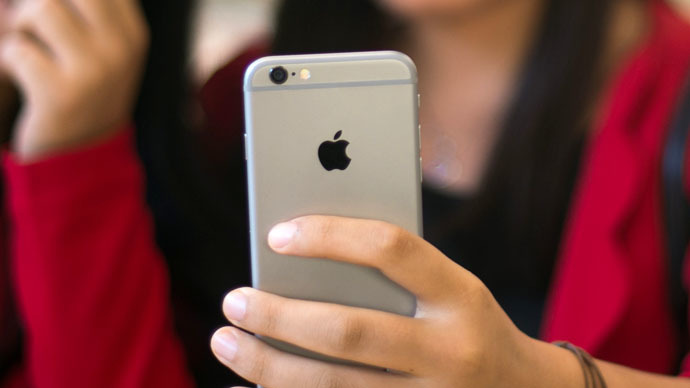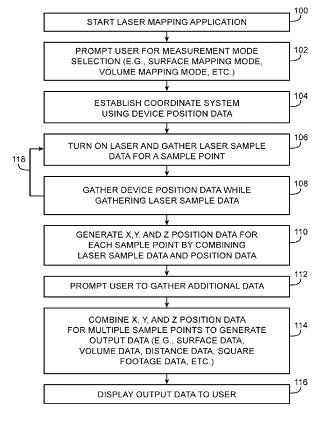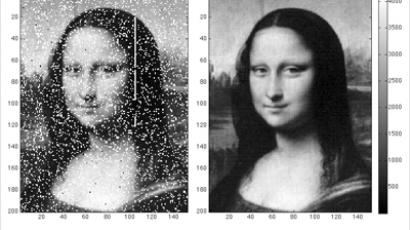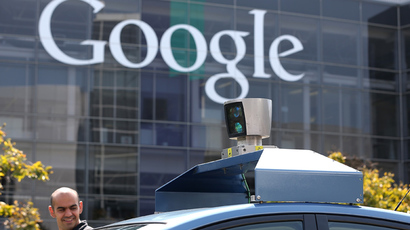Apple’s new patent dreams of laser beams on iPhones

Apple is developing a new laser-based system for future iPhones, enabling the ubiquitous devices to map their surroundings. The newly submitted patent would bring NASA-like technology to the masses.
Lasers are often used to create detailed 3D maps. The International Space Station uses them to do this and to measure the biomass of forests, Space.com reported. Police in Queensland, Australia create 3D diagrams of crime scenes. The US government employs the technology to map the unexplored, rugged wilds of Alaska, according to the Washington Post. Palaeontologists use similar systems to produce maps of dinosaur tracks.
But the current equipment is often bulky and expensive, Apple noted in its patent application. The iPhone is not.
The often-visionary company explained the need for their laser technology in the application.
“Conventional laser measuring devices measure only the distance from the device to a given surface. These devices are unable to measure distances between multiple points that are separate from the device and therefore require the user to place the device [in] specific locations for which measurements are desired,” Apple wrote. “This can be difficult in, for example, a furnished room with items that restrict access to all parts of the room.”

Current laser mapping requires the measuring device “to be mounted in a single spot for hours on end to build up a detailed image,” the Daily Mail reported. But the iPhone would be much faster.
“For example, a user may stand in a room and aim a laser beam generated by the laser sensor at a wall,” the application reads. “The user may gather laser sample data while pointing the laser at first, second, and third points on the wall. The user can freely move the device between sample points.”
Using a laser-mapping application, a user will choose a mode of measurement ‒ surface, volume, flat-surface or curved surface mapping. The phone will use its GPS, WiFi, cellular data and a motion detector to establish the device’s coordinates, then the laser will gather data as it travels across the surface, the patent application explains. The user can then add more data to allow the laser to generate a map. The iPhone app will then create an image on the display, which could be stored or transferred to other devices.
The system works by measuring the time it takes for the laser beam to be reflected back to a sensor mounted on the iPhone, allowing the app to calculate the distance between the device and the object.
However, Apple’s application to the US Patent and Trademark Office (PTO) leaves one term noticeably absent, according to Patently Apple. “While Apple is careful to not mention the word 3D, the nature of the measurements would suggest that the data collected in three axis mode would create a 3D model,” the website said. “It's definitely one of Apple's most interesting inventions of the year.”
The patent for the laser mapping system, which was published by the PTO on Thursday, would apply to cellular telephones, media players, other handheld portable devices ‒ perhaps including the Apple Watch and iPad.
The Daily Mail notes that there may be a downside to the small, quick mapping technology: Such an advance may result in museums and other public venues having to ban eager Apple fans from scanning everything in sight.














